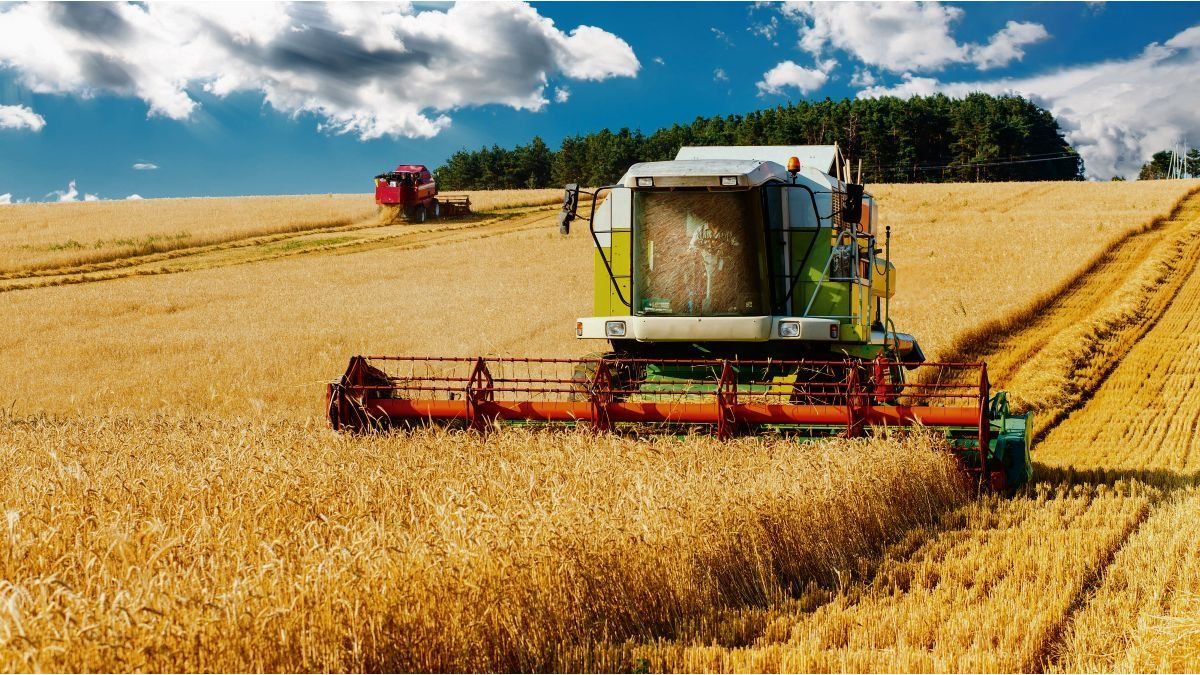In terms of the size of the respective provincial economies, the highest income loss occurred in Córdoba.
traversed by the droughthe agricultural sector Argentine suffered a sharp drop in their harvest levels in this campaign, which he hopes to reverse in the next one, although the fall was not even in the different provinces.
The content you want to access is exclusive to subscribers.
How did the drought affect each province?
In the case of Buenos Airesand considering 7 leading crops, production would be located at 30.2 million tons, losing 16.8 million tons compared to the 21/22 cycle (-37%), indicates a report from IERAL instituteof the Mediterranean Foundation.


In Cordova they would end losing 17.1 million tons (-Four. Five%). Santa Fe would lose 11.5 million tons (from 20.3 to 8.8 million), an adjustment of the 57% Santiago del Esteroin fourth position and best stop in this campaign, would present a 22% adjustment.
He grain value produced in the 2022/23 cycle in Buenos Aires would approach $9.2 billionin Cordova to $6.5 billionin Santa Fe US$2.9 billion and in Santiago del Estero US$2.3 billion.
The first two provinces they would be resigning $5.7 billion and $5.5 billion respectively in relation to the 2021/22 cycle; Santa Fe US$3.7 billion, Entre Ríos US$1.0 billion, Santiago del Estero US$0.7 billion and La Pampa u$s0.6 billion.
Which provinces lost the most income due to the drought?
In terms of the size of the respective provincial economies, the highest income loss occurs in Córdobawith a difference in the market value of the grains produced in the cycle that is equivalent to 10 percentage points of the estimated provincial GDP for 2022; followed by La Pampawith an impact of 9 points of GDP, then come Santa Fe and Santiago del Estero with 7.3 points and 5.9 points of GDP.
In the case of Buenos Aires that, although it is the province that presents the largest revenue loss in absolute terms, the situation softens when analyzed in relation to the size of its economy. In this second indicator, it is located in position No. 6 (2.8% of GDP).
Source: Ambito




